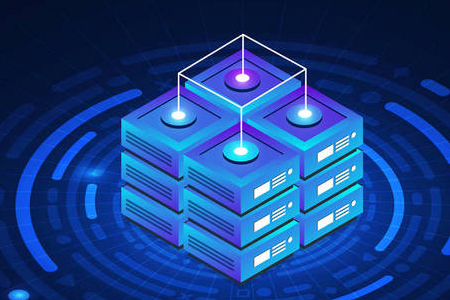Defense measures for US servers usually include the following aspects:
Firewall: Firewall is the first line of defense to protect the server. It can monitor and filter network traffic to prevent unauthorized access and malicious attacks.
Identity verification and access control: By implementing a password strategy, multi -factor authentication and access control mechanism, the server access permissions are limited to ensure that only authorized users can log in and operate the server.
Safety patches and updates: timely application of operating systems, applications and software security patch and updates to repair the known loopholes and security issues to improve the security of the server.

Strengthen network security configuration: Make necessary security configurations on the server, such as disable unnecessary services and ports, restricting network communication, enable security protocols and encryption, etc. to reduce attack surfaces and improve network security.
Invasion detection and defense system (IDS/IPS): Use intrusion detection and defense systems to monitor and prevent malware and network attacks. These systems can monitor the network traffic of the server in real time, and issue alert or take corresponding defense measures according to the rules or behavioral patterns defined in advance.
Safety logs and monitoring: Enable safety log records and monitoring mechanisms, regularly review and analyze the log files of the server to detect potential security events and abnormal activities, and take corresponding measures in time.
Data backup and recovery: regular backup server data and store backup data in safe places. When data loss, hardware failure or malicious attack, backup data can be used to quickly restore the server.
Encryption and secure transmission: Use encryption technology (such as SSL/TLS) to protect the data transmission between the server and the client to ensure the confidentiality and integrity of the data during the transmission process.
Security awareness training: Provide security awareness training for server administrators and users, and educate their best practices, common threats and security risks on network security to reduce the impact of man -ism -based factors on server security.

 EN
EN
 CN
CN








